The heart of a vehicle might be its engine, but its soul? That’s the transmission. Acting as the bridge between the engine and the wheels, the transmission plays a pivotal role in controlling the power generated by the engine and ensuring it’s efficiently transferred to the wheels.
Key Takeaways:
- Transmission Importance: The transmission is vital for transferring engine power to the wheels, affecting vehicle performance and safety.
- Types of Transmissions: The main types include manual, automatic, continuously variable transmission (CVT), and dual-clutch transmission (DCT).
- Signs of Issues: Watch for symptoms like slipping gears, rough shifting, unusual noises, warning lights, fluid leaks, and poor acceleration.
- Common Causes: Issues can arise from wear and tear, inadequate maintenance, using incorrect fluid, and external damage.
- Immediate Steps: If you notice problems, stay calm, avoid excessive revving, check warning lights, and consult a specialist.
- Maintenance Benefits: Regular care extends transmission lifespan, improves fuel efficiency, and saves on costly repairs.
- Expert Advice: Always prioritize transmission health. Regular check-ups and addressing minor issues can prevent major problems.

Without a properly functioning transmission, a car might start, but it won’t go far. Learn more about how transmissions work here.
Now, when we talk about transmissions, it’s not a one-size-fits-all scenario. Just as vehicles come in various shapes and sizes, so do transmissions. The most common ones you might have heard of are:
- Manual Transmission: The classic stick-shift, where the driver manually selects and changes gears. It offers a direct connection between the driver and the vehicle, often preferred by driving enthusiasts.
- Automatic Transmission: The most common type in many parts of the world, it changes gears on its own based on the vehicle’s speed and engine RPM. It’s user-friendly and ideal for stop-and-go traffic.
- Continuously Variable Transmission (CVT): Instead of fixed gears, a CVT uses a belt and pulley system to provide an infinite range of ratios. This ensures smoother acceleration and better fuel efficiency. However, it’s a different driving feel that might take some getting used to.
- Dual Clutch Transmission (DCT): A hybrid of manual and automatic, a DCT uses two separate clutches for odd and even gear sets. It offers the control of a manual transmission with the convenience of an automatic.
Understanding Different Types of Transmissions
Manual Transmission
Often referred to as a ‘stick-shift’, the manual transmission is one of the oldest types of automotive transmissions. It’s a system that has stood the test of time, offering drivers a direct connection to their vehicle and the road.
Basic Mechanics and Operation: At its core, a manual transmission is a gearbox that uses gears and gear ratios to convert the engine’s rotational speed to the wheel’s rotational speed. The driver manually selects the appropriate gear using a shift lever and manages the power transfer using a clutch pedal.
When the clutch is depressed, it disengages the engine from the transmission, allowing the driver to shift gears. Once a new gear is selected and the clutch is released, power is transferred back to the wheels.
This entire process requires coordination, timing, and a bit of finesse.
Popularity and Where It’s Most Commonly Used: While automatic transmissions have gained immense popularity in regions like North America, manual transmissions still hold a special place in many parts of the world.
In Europe, for instance, manual cars are prevalent due to their fuel efficiency, lower initial cost, and driving pleasure. Driving enthusiasts often prefer manual transmissions because they offer more control over the vehicle, allowing for a more engaged driving experience.
Additionally, in many developing countries, the manual transmission remains popular due to its simplicity, durability, and ease of repair.
However, with the rise of advanced automatic transmissions and electric vehicles, the global market share of manual cars is gradually declining. Yet, for many purists, nothing beats the joy and connection of shifting gears manually.
Automatic Transmission
The automatic transmission, often simply referred to as ‘automatic’, represents a significant leap in driving convenience and has become the standard in many parts of the world. Designed to automatically change the vehicle’s gear ratios as it moves, it eliminates the need for the driver to manually shift gears.
How It Differs From Manual: Unlike the manual transmission, where the driver is responsible for selecting the appropriate gear, an automatic transmission does the job on its own. It uses a complex system of fluid dynamics, planetary gear sets, and electronic controls to automatically adjust and select the right gear based on driving conditions.
The driver simply needs to select between ‘Drive’, ‘Park’, ‘Neutral’, and ‘Reverse’ modes, and the transmission takes care of the rest. This means there’s no clutch pedal in an automatic car; instead, a torque converter is used to connect the engine to the transmission, allowing for smoother gear shifts.
Benefits:
- Ease of Use: Especially beneficial for beginners or those driving in heavy traffic, as it eliminates the need to constantly shift gears.
- Smooth Shifting: Modern automatics offer seamless gear changes, ensuring a smooth driving experience.
- Adaptive: Many modern automatic transmissions can adapt to driving styles, offering optimal performance whether you’re cruising or driving aggressively.
- Safety: Reduces driver workload, allowing them to focus more on the road and less on gear management.
Potential Issues:
- Cost: Automatic transmissions are generally more expensive to install, repair, and replace than their manual counterparts.
- Fuel Efficiency: Historically, automatics were less fuel-efficient than manuals, though advancements in technology have narrowed this gap.
- Less Driver Control: Purists often argue that automatics remove the direct connection between the driver and the car, leading to a less engaging driving experience.
- Complexity: The intricate design and electronic components can lead to more complicated (and costly) repairs if issues arise.
Continuously Variable Transmission (CVT)
The Continuously Variable Transmission, commonly known as CVT, represents a departure from traditional gear-based transmissions. Instead of fixed gear ratios, the CVT offers a nearly infinite range of ratios, ensuring optimal engine performance under various driving conditions.
Explanation of the Pulley System: At the heart of a CVT is a unique pulley system. Instead of gears, it uses two cone-shaped pulleys – one connected to the engine (input pulley) and the other to the drive wheels (output pulley). A belt or chain connects these pulleys.
As the vehicle’s speed and engine load change, the pulleys adjust their width. When one pulley gets narrower, the other gets wider, effectively changing the transmission’s ratio on-the-fly. This dynamic adjustment allows the CVT to provide the perfect engine speed, whether you’re accelerating hard or cruising on the highway.
Advantages:
- Fuel Efficiency: By always operating at the optimal engine speed, CVTs can improve a vehicle’s fuel economy.
- Smooth Performance: Without the noticeable gear shifts of traditional transmissions, CVTs offer a smoother driving experience.
- Simplicity: With fewer moving parts than traditional automatics, CVTs can be more compact and lightweight.
- Versatility: CVTs can adapt to various driving conditions, ensuring optimal performance whether you’re in city traffic or on the open road.
Common Problems:
- Driving Feel: Some drivers find the CVT’s operation unfamiliar, especially the lack of noticeable gear shifts. This can sometimes be perceived as the engine ‘droning’ at a constant RPM.
- Durability Concerns: The belt or chain in a CVT can wear out over time, especially if regularly subjected to heavy loads or aggressive driving.
- Heat Sensitivity: CVTs can be sensitive to high temperatures, which can affect their performance and longevity.
- Cost: While CVTs can be simpler in design, repairs or replacements can be expensive due to the specialized components and expertise required.
Dual Clutch Transmission (DCT)
The Dual Clutch Transmission, often abbreviated as DCT, is a marvel of modern automotive engineering. It’s a type of transmission that seamlessly blends the characteristics of both manual and automatic transmissions, offering drivers the best of both worlds.
How It Combines Elements of Manual and Automatic: A DCT essentially houses two separate gearboxes within a single casing. One gearbox handles the odd-numbered gears, while the other manages the even-numbered ones. Each gearbox has its own clutch, hence the name “dual-clutch”.
When driving, the DCT pre-selects the next gear based on the current gear and anticipated driver input. For instance, if you’re in first gear, the second gear is pre-selected and ready to engage. As you accelerate and it’s time to shift, the first clutch disengages, and the second clutch engages almost simultaneously, resulting in an incredibly quick gear change.
This system allows for the manual control of gear shifts (like using paddle shifters) without a clutch pedal, while also offering the convenience of automatic mode where the transmission shifts on its own.
Performance Benefits:
- Rapid Gear Changes: The pre-selection of gears ensures shifts that are faster than traditional manual or automatic transmissions.
- Fuel Efficiency: Due to its precise gear management, DCTs can offer better fuel economy compared to traditional automatics.
- Driver Engagement: Offers the control of a manual transmission, especially when using manual mode or paddle shifters, without the need for a clutch pedal.
- Smoothness: Eliminates the “gear hunting” often associated with traditional automatics, ensuring smoother acceleration and deceleration.
Known Issues:
- Complexity: The dual-clutch system is intricate, which can lead to higher repair costs if issues arise.
- Overheating: Under certain driving conditions, like heavy stop-and-go traffic, DCTs can overheat.
- Driving Feel: Some drivers find the DCT’s operation a bit unnatural, especially during low-speed maneuvers where the transmission might feel jerky.
- Durability Concerns: The clutches and gear synchronizers can wear out over time, especially if the vehicle is frequently driven aggressively.
Importance of Timely Transmission Maintenance
The transmission, regardless of its type, is one of the most critical components of any vehicle. Just like the engine requires oil to function smoothly, the transmission requires its own special fluid and regular maintenance to ensure longevity and optimal performance.
Role of Transmission Fluid
Transmission fluid serves multiple essential functions in a vehicle:
- Lubrication: It reduces friction among the moving parts inside the transmission, preventing wear and tear.
- Cooling: The fluid helps dissipate the heat generated within the transmission, preventing overheating.
- Transmission Operation: In automatic and CVT transmissions, the fluid is crucial for hydraulic function, assisting in gear shifts.
- Protection: It helps protect metal surfaces from wear and keeps seals and gaskets conditioned.
- Cleaning: Modern transmission fluids contain detergents that help keep the internals of the transmission clean from debris and buildup.
Benefits of Regular Check-Ups
- Extended Lifespan: Regular maintenance can significantly extend the life of the transmission, saving you from costly replacements.
- Optimal Performance: Ensures that the transmission operates smoothly, providing better fuel efficiency and driving experience.
- Cost Savings: Catching and addressing minor issues early can prevent more significant, more expensive problems down the road.
- Safety: A well-maintained transmission is less likely to fail unexpectedly, reducing the risk of accidents or being stranded.
Potential Risks of Neglect
- Premature Wear: Without proper lubrication and cleaning, the transmission’s components can wear out faster.
- Overheating: Low or old fluid can lead to overheating, which can cause severe damage to the transmission.
- Costly Repairs: Neglecting regular maintenance can lead to significant issues that are expensive to fix.
- Complete Failure: In extreme cases, neglect can lead to the complete failure of the transmission, requiring a full replacement.
- Reduced Vehicle Value: A poorly maintained transmission can significantly reduce the resale value of a vehicle.
Common Signs of Transmission Issues
The transmission is a complex component, and like all machinery, it can develop problems over time. Recognizing the early signs of transmission issues can save vehicle owners from costly repairs and potential safety hazards.
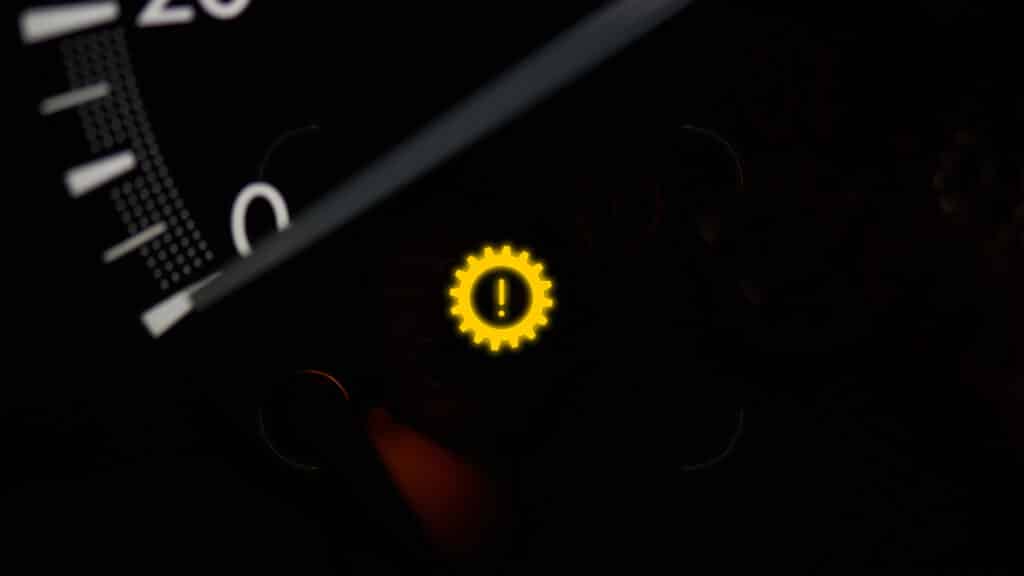
Here’s a detailed breakdown of the common symptoms indicating transmission troubles:
- Slipping Gears:
- Description: The vehicle unexpectedly changes gears without driver input or struggles to stay in the selected gear.
- What it feels like: A sudden loss of power during acceleration or a noticeable change in engine tone.
- Possible Causes: Worn or broken transmission bands, low transmission fluid, or a malfunctioning transmission computer.
- Delayed or Rough Shifting:
- Description: There’s a noticeable delay when changing gears, or the shifts are abrupt and jarring.
- What it feels like: Hesitation before the vehicle starts moving or a hard “thud” or “clunk” when shifting.
- Possible Causes: Old, dirty, or low transmission fluid, faulty transmission solenoids, or issues with the vehicle’s computer system.
- Unusual Noises:
- Description: Distinctive sounds, such as grinding, whining, or clunking, especially when the vehicle is in neutral.
- What it sounds like: A high-pitched whine or a grinding noise similar to running a blender.
- Possible Causes: Low transmission fluid, worn-out gear synchronizers, or damaged bearings.
- Warning Lights:
- Description: The transmission or check engine light illuminates on the dashboard.
- What it indicates: Electronic sensors in the vehicle have detected an issue or abnormality.
- Possible Causes: A range of issues, from minor (like a loose gas cap) to major (like a failing transmission). Always get the vehicle scanned for error codes to pinpoint the problem.
- Fluid Leaks:
- Description: Puddles or spots of red or brown transmission fluid under the vehicle.
- What it looks like: A bright red or dark brown liquid, often with a sweet smell.
- Possible Causes: Damaged seals, gaskets, or the transmission pan.
- Burning Smell:
- Description: A burnt odor emanating from under the vehicle’s hood.
- What it indicates: Overheating transmission fluid, signaling that the fluid is breaking down and not lubricating properly.
- Possible Causes: Low fluid levels, using the wrong type of transmission fluid, or transmission components creating excessive friction.
- Poor Acceleration:
- Description: The vehicle struggles to pick up speed despite pressing the accelerator.
- What it feels like: A noticeable lag or delay in acceleration, even with the engine revving.
- Possible Causes: Slipping transmission, clogged filters, or malfunctioning sensors.
- Clutch Problems (for manual transmissions):
- Description: Difficulty in pressing down the clutch or a “dragging” feeling.
- What it feels like: The clutch pedal may feel spongy, hard to press, or it may vibrate.
- Possible Causes: Worn clutch plate, damaged pressure plate, or low hydraulic fluid levels.
Recognizing these signs early and seeking professional assistance can prevent more severe transmission issues and ensure the vehicle remains safe and reliable on the road.
Underlying Causes of Transmission Problems
Transmissions, whether manual, automatic, CVT, or DCT, are intricate systems with numerous components working in harmony. When issues arise, it’s often due to a variety of underlying causes.

General Causes
- Age and Wear: Over time, components wear out, leading to decreased performance and potential failures.
- Inadequate Maintenance: Skipping regular maintenance intervals can lead to various issues, from fluid degradation to component wear.
- Use of Incorrect Fluid: Different transmissions require specific fluid types. Using the wrong one can cause damage.
- External Damage: Accidents or impacts can damage the transmission or its related components.
Manual Transmission
- Worn Clutch: A clutch that’s worn out or not engaging/disengaging properly can lead to gear slipping or difficulty shifting.
- Damaged Synchronizers: These help in smooth gear transitions. When they wear out, shifting becomes notchy or difficult.
- Worn Gear Teeth: Can lead to a grinding noise and difficulty in gear engagement.
- Misadjusted Clutch Linkage: Can cause difficulty in gear engagement or disengagement.
Automatic Transmission
- Faulty Transmission Solenoids: These control the flow of fluid in and out of the transmission. Malfunctions can lead to erratic shifting.
- Worn or Damaged Torque Converter: Can cause slipping, overheating, or shuddering.
- Failed Transmission Fluid Pump: Essential for circulating fluid, a failure can lead to overheating and poor shifting.
- Clogged or Dirty Filter: Restricts fluid flow, leading to overheating and poor performance.
Continuously Variable Transmission (CVT)
- Worn or Stretched Belt: A primary component of CVTs, wear can lead to slipping and poor acceleration.
- Damaged Pulleys: Can prevent the CVT from adjusting its ratio properly.
- Calibration Issues: Modern CVTs use electronics for calibration. Malfunctions can lead to poor performance.
- Fluid Contamination: Debris or water in the fluid can cause damage and erratic operation.
Dual Clutch Transmission (DCT)
- Worn Clutches: Like manual transmissions, worn clutches can lead to slipping and poor gear engagement.
- Faulty Mechatronics Unit: This electronic unit controls gear shifts. Failures can lead to erratic or failed shifts.
- Damaged Gear Teeth or Synchronizers: Can lead to difficulty shifting and potential grinding noises.
- Software Issues: Modern DCTs rely on software for optimal operation. Glitches or outdated software can cause performance issues.
Immediate Steps When Facing Transmission Issues
Experiencing transmission problems can be daunting, especially when you’re on the road. Taking the right steps immediately can prevent further damage and ensure your safety.

1. Stay Calm and Assess the Situation:
- If you’re driving and notice sudden transmission issues, remain calm. Panicking can exacerbate the situation.
- Safely pull over to the side of the road, away from traffic, if the vehicle’s behavior becomes erratic or uncontrollable.
2. Check Warning Lights:
- If your dashboard lights up with a transmission or check engine warning, take note. These lights are designed to alert you to potential problems.
3. Avoid Excessive Revving:
- If your vehicle isn’t moving or responding as it should, avoid the temptation to rev the engine. This can cause further damage to the transmission.
4. Switch Off and Restart:
- In some cases, especially with electronic transmission issues, turning off the vehicle and restarting it after a minute can temporarily resolve the problem. This is similar to rebooting a computer and can reset electronic glitches.
5. Check Transmission Fluid:
- If it’s safe to do so, and you’re comfortable doing it, check the transmission fluid level and its condition. Low or dirty fluid can be the culprit behind many transmission issues.
- Note: Ensure the vehicle is on a level surface and follow the manufacturer’s guidelines for checking the fluid.
6. Shift Gears Carefully:
- If you’re having trouble shifting, do so gently and deliberately. Forcing a shift can cause more damage.
7. Limit Driving:
- If you’re experiencing transmission issues, it’s best to limit driving the vehicle until the problem is addressed. This can prevent further damage and potential safety risks.
8. Call for Assistance:
- If you’re unsure about the severity of the issue or feel it’s unsafe to drive, call for roadside assistance or a tow truck. It’s better to be safe than risk further damage or an accident.
9. Document the Issue:
- Make a note of any unusual noises, behaviors, or warning lights you observed. This can be invaluable information for mechanics when diagnosing the problem.
Importance of Consulting a Transmission Specialist

- Expertise: Transmission specialists have the training and experience to accurately diagnose and fix transmission issues. They’re familiar with the intricacies of different transmission types and their common problems.
- Preventative Care: A specialist can identify early signs of wear and potential issues, addressing them before they become major problems.
- Cost Savings: While consulting a specialist might seem expensive initially, it can save money in the long run. Accurate diagnoses mean targeted repairs, preventing unnecessary work and parts replacements.
- Peace of Mind: Knowing that a trained professional is handling your vehicle’s transmission issues offers peace of mind. You can be confident in the quality of the work and the longevity of the repairs.
Cost Implications
Transmission issues, if left unaddressed, can lead to some of the most expensive repairs a vehicle owner might face. Understanding the potential costs and the financial benefits of preventive maintenance can help in making informed decisions regarding your vehicle’s care.

Potential Costs of Major Repairs or Replacements
- Transmission Rebuild:
- A rebuild involves taking apart the transmission, replacing worn or damaged parts, and then reassembling it.
- Cost Range: $1,500 to $4,000, depending on the make and model of the vehicle, labor costs, and the extent of damage.
- Transmission Replacement:
- In cases where the transmission is beyond repair, a complete replacement might be necessary.
- Cost Range: $2,000 to $6,000, which includes the cost of the new transmission unit and labor. Prices can vary based on whether you’re installing a brand-new unit or a refurbished one.
- Clutch Replacement (for manual transmissions):
- Over time, the clutch can wear out and require replacement.
- Cost Range: $500 to $2,500, depending on the vehicle and labor costs.
- Fluid Change or Flush:
- Replacing old or contaminated transmission fluid can sometimes resolve minor issues.
- Cost Range: $100 to $300, depending on the type of fluid and service.
- Electronic or Sensor Repairs:
- Modern transmissions have electronic components that can malfunction.
- Cost Range: $100 to $1,000, depending on the specific component and labor.
Financial Benefits of Preventive Maintenance
- Avoiding Major Repairs: Regular maintenance can identify and address minor issues before they escalate into major problems. This can save you from the hefty costs of rebuilds or replacements.
- Extended Lifespan: Proper care can significantly extend the life of your transmission, delaying the need for a costly replacement.
- Improved Fuel Efficiency: A well-maintained transmission operates efficiently, leading to better fuel economy. Over time, this can result in significant savings at the pump.
- Higher Resale Value: A vehicle with a well-maintained transmission is likely to fetch a higher resale price compared to one with unresolved transmission issues.
- Reduced Downtime: Regular check-ups and maintenance can prevent unexpected breakdowns, ensuring your vehicle is always ready when you need it.
- Peace of Mind: Knowing that your transmission is in good shape reduces the stress of potential breakdowns and associated costs.
Real-life Case Studies
- Case Study: Slipping Gears:
- Problem: A customer brought in a sedan complaining of gears slipping and a burning smell. The vehicle had over 100,000 miles and had never had a transmission fluid change.
- Diagnosis: The transmission fluid was found to be low and contaminated. The burnt fluid had caused damage to the transmission bands and clutches.
- Resolution: A complete transmission rebuild was necessary. The customer was educated on the importance of regular fluid changes and maintenance.
- Cost: The rebuild cost the customer around $3,000. A regular fluid change, which could have prevented the issue, would have cost around $200.
- Case Study: Manual Transmission Grinding:
- Problem: A sports car owner complained of a grinding noise when shifting into third gear.
- Diagnosis: The transmission’s third gear synchronizer was worn out, causing the grinding noise.
- Resolution: The worn-out synchronizer was replaced, and the transmission fluid was changed.
- Cost: The repair cost was $1,200. Regular check-ups might have identified the wear earlier, leading to a less expensive repair.
- Case Study: CVT Overheating:
- Problem: An SUV with a CVT transmission was brought in with complaints of jerky acceleration and overheating warnings.
- Diagnosis: The CVT belt was found to be stretched, and the fluid was old and degraded.
- Resolution: The belt was replaced, and a complete fluid flush was performed.
- Cost: The total repair cost was $1,500. Regular fluid changes and check-ups could have identified the belt wear and fluid degradation earlier.
FAQ Section
- What is the primary function of a transmission?
- The transmission transfers power from the engine to the wheels, allowing the vehicle to move. It does this by shifting gears to accommodate different speeds.
- How often should I change my transmission fluid?
- Generally, every 30,000 to 60,000 miles. However, always refer to your vehicle owner’s manual for specific recommendations.
- Why is my transmission slipping?
- Slipping can be caused by various issues, including low fluid levels, worn clutches, or malfunctioning solenoids. It’s essential to consult a specialist for an accurate diagnosis.
- Is it expensive to fix a transmission?
- The cost can vary based on the issue and the type of transmission. Minor repairs might be relatively inexpensive, but major repairs or replacements can be costly.
- Can I drive with a transmission problem?
- It’s not advisable. Driving with a transmission issue can lead to more significant damage and potential safety risks. If you suspect a problem, it’s best to seek professional advice immediately.
Conclusion
The transmission is undeniably one of the most vital components of any vehicle, acting as the bridge between the engine and the wheels. Its health and efficiency directly influence the overall performance, safety, and longevity of your car.
Throughout this guide, we’ve delved into the intricacies of different transmission types, the signs of potential issues, the underlying causes of these problems, and the profound importance of timely maintenance.
Understanding transmission issues isn’t just about recognizing symptoms; it’s about appreciating the intricate dance of mechanics and electronics that keep our vehicles moving smoothly. Every jerk, slip, or unusual noise is the car’s way of communicating a potential problem.
Addressing these signs promptly not only saves money in potential repairs but also ensures the safety of the vehicle’s occupants and prolongs the life of the vehicle.
Don’t wait for a major breakdown to pay attention to your transmission. Regular check-ups, fluid changes, and addressing minor issues as they arise are the cornerstones of preventive care. Remember, a well-maintained transmission isn’t just about smooth gear shifts; it’s about ensuring a seamless journey every time you turn the ignition.
Prioritize your vehicle’s transmission health. It’s an investment in safe, efficient, and enjoyable driving for years to come.


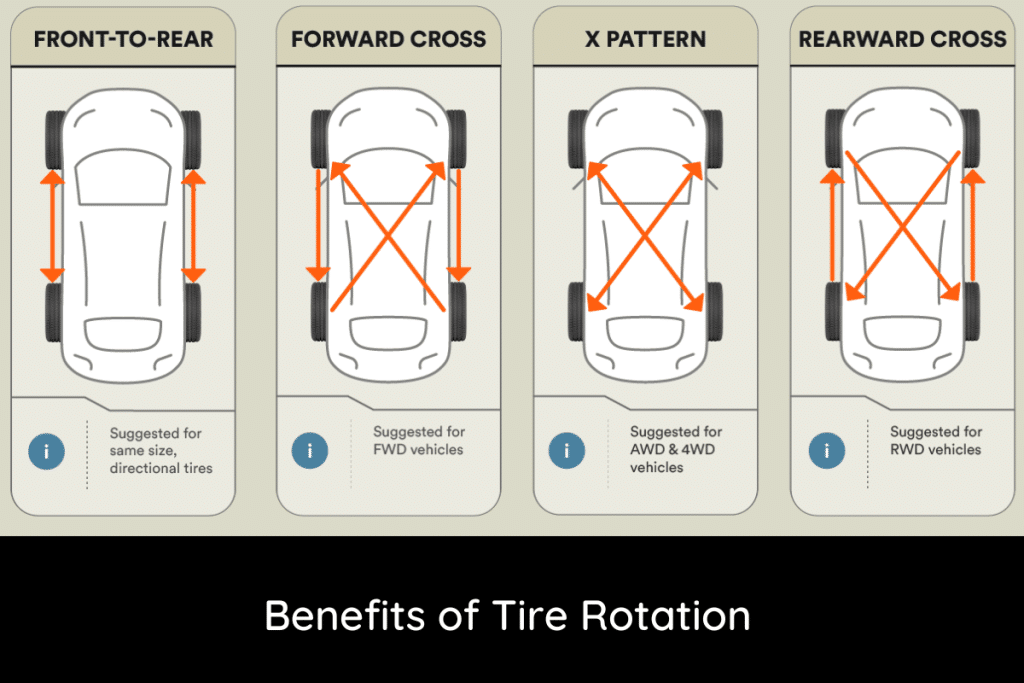
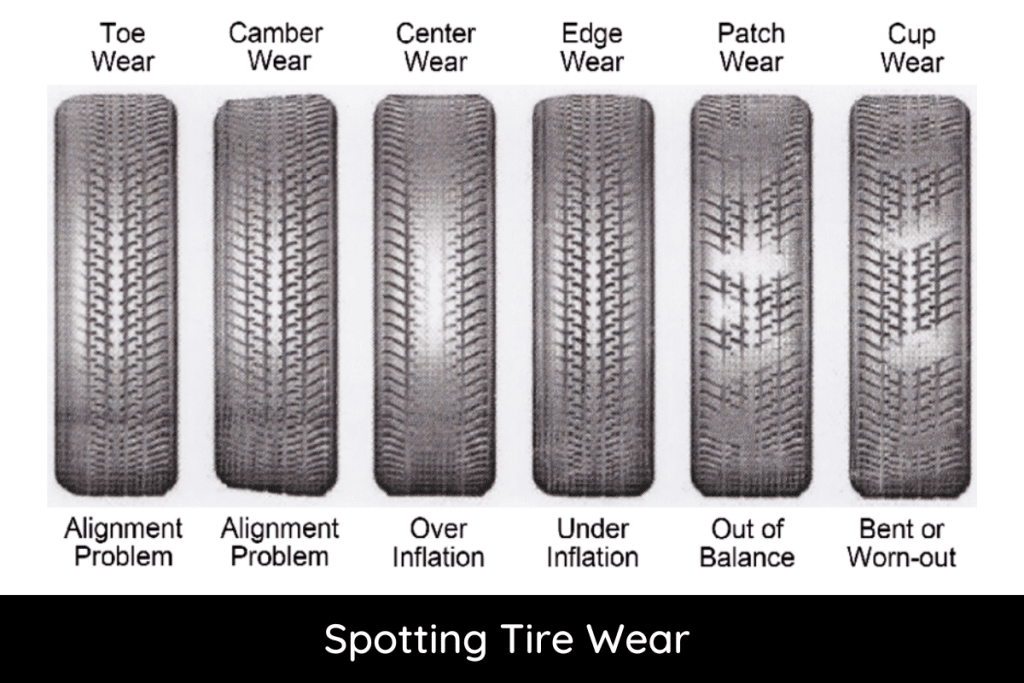
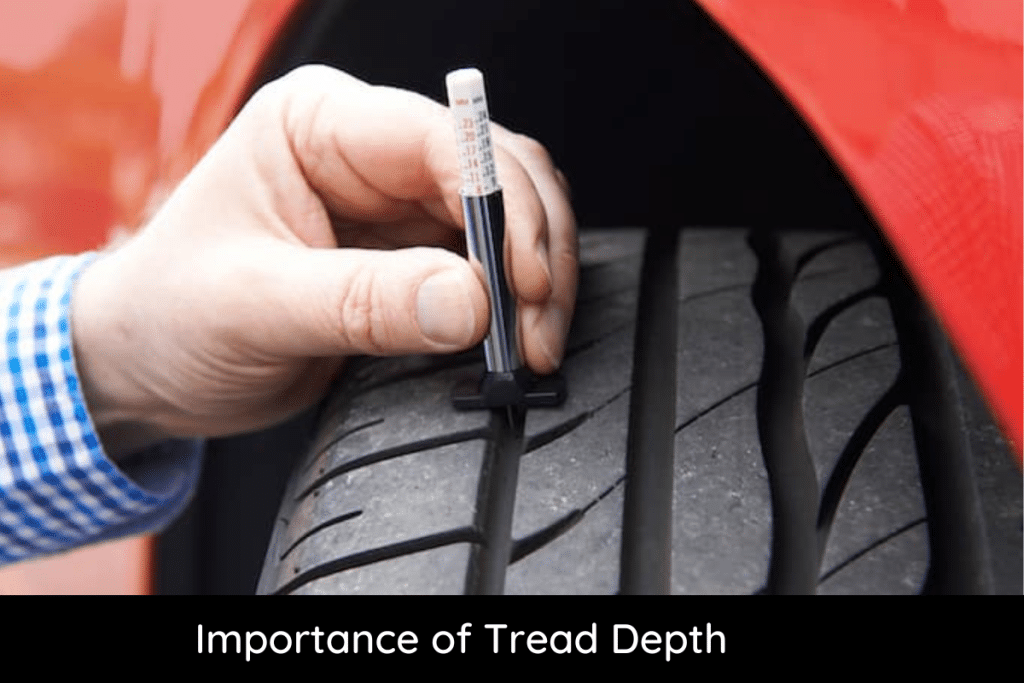
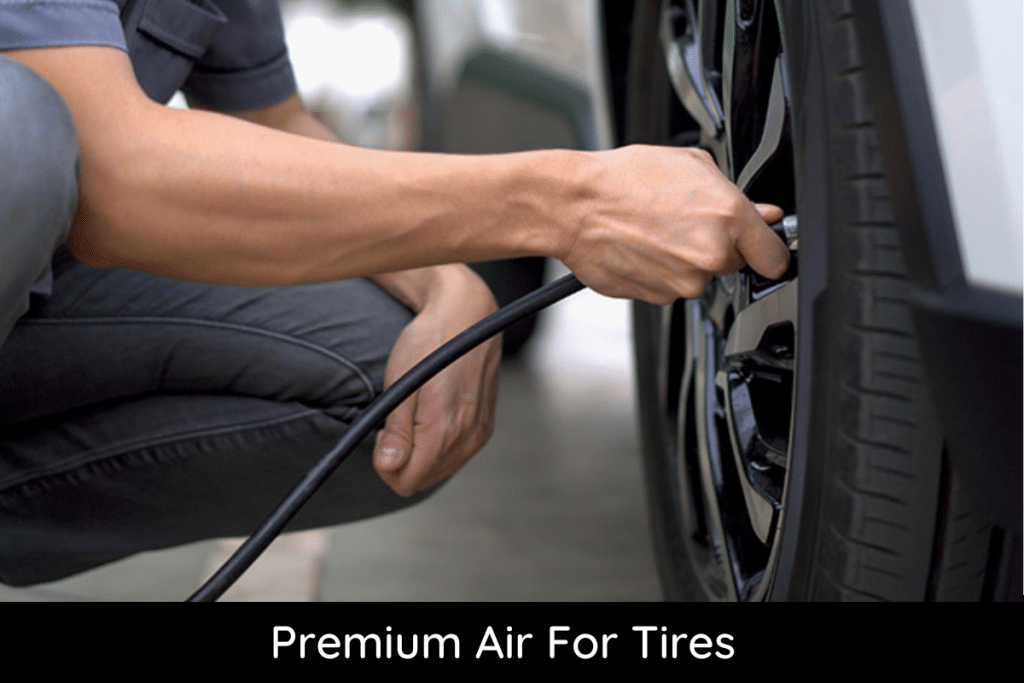

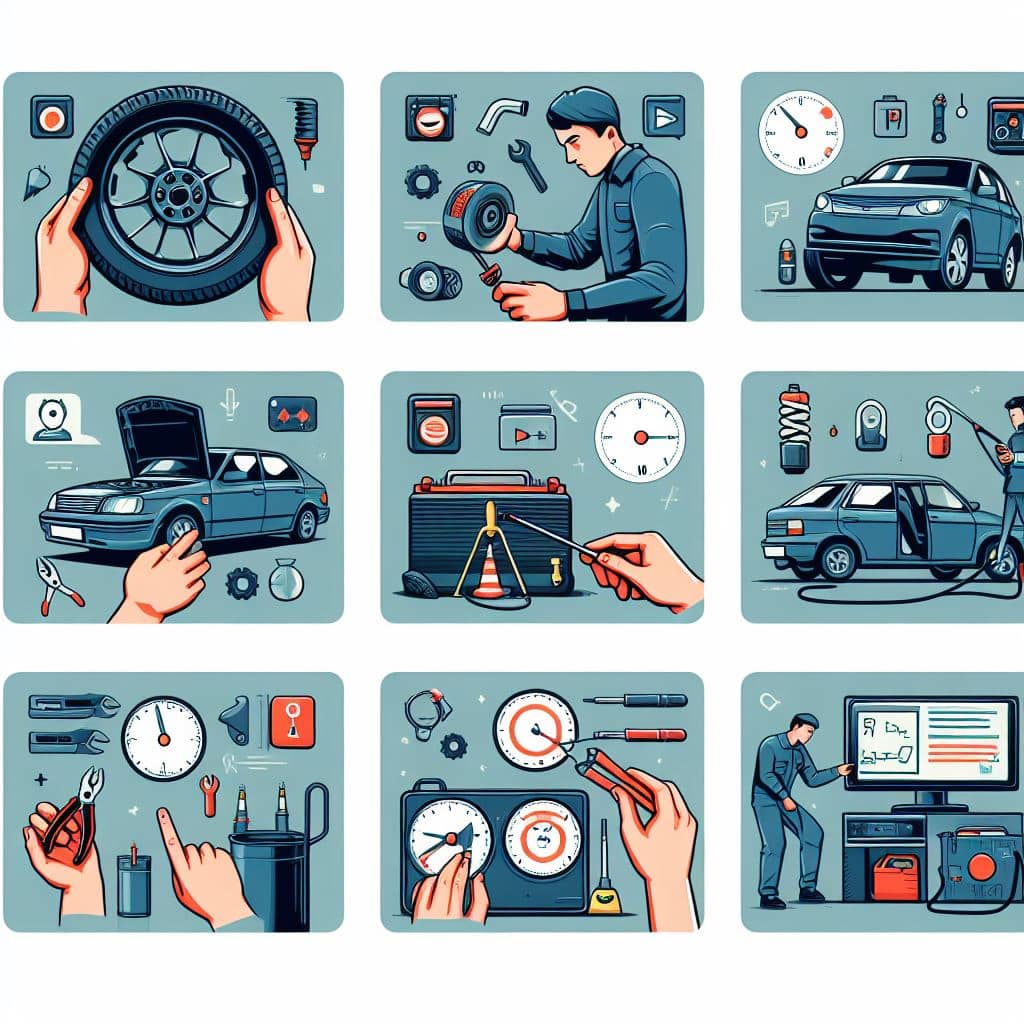
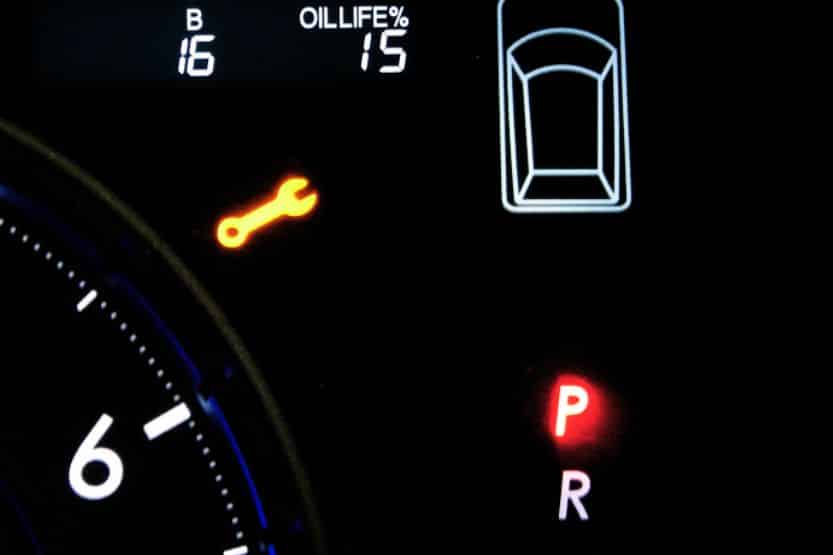
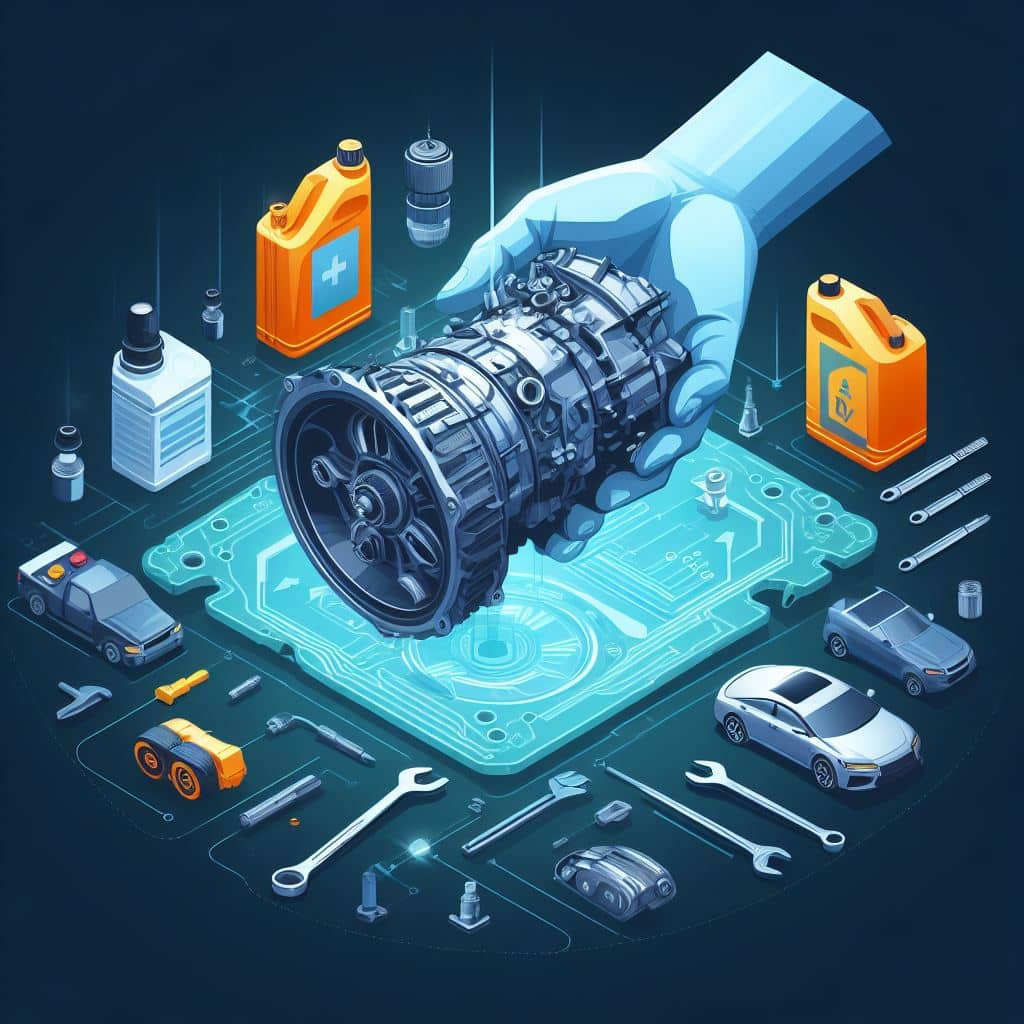


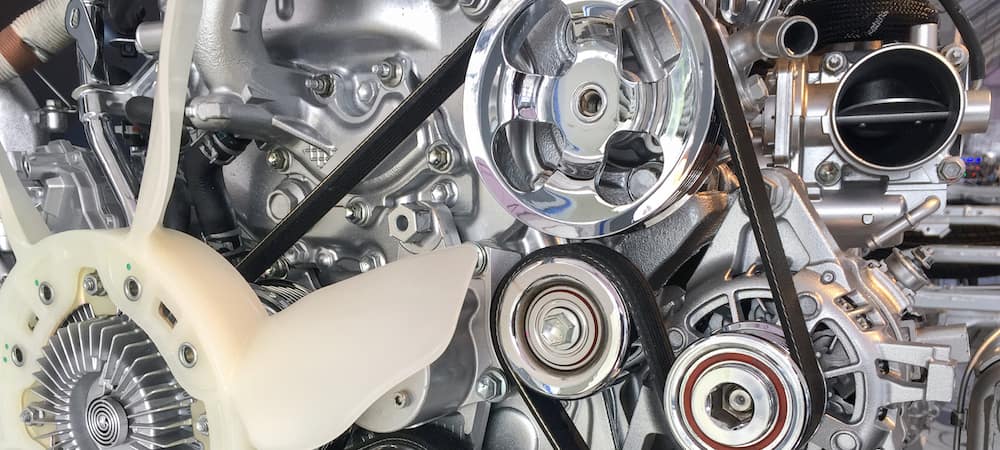
Your article helped me a lot, is there any more related content? Thanks!